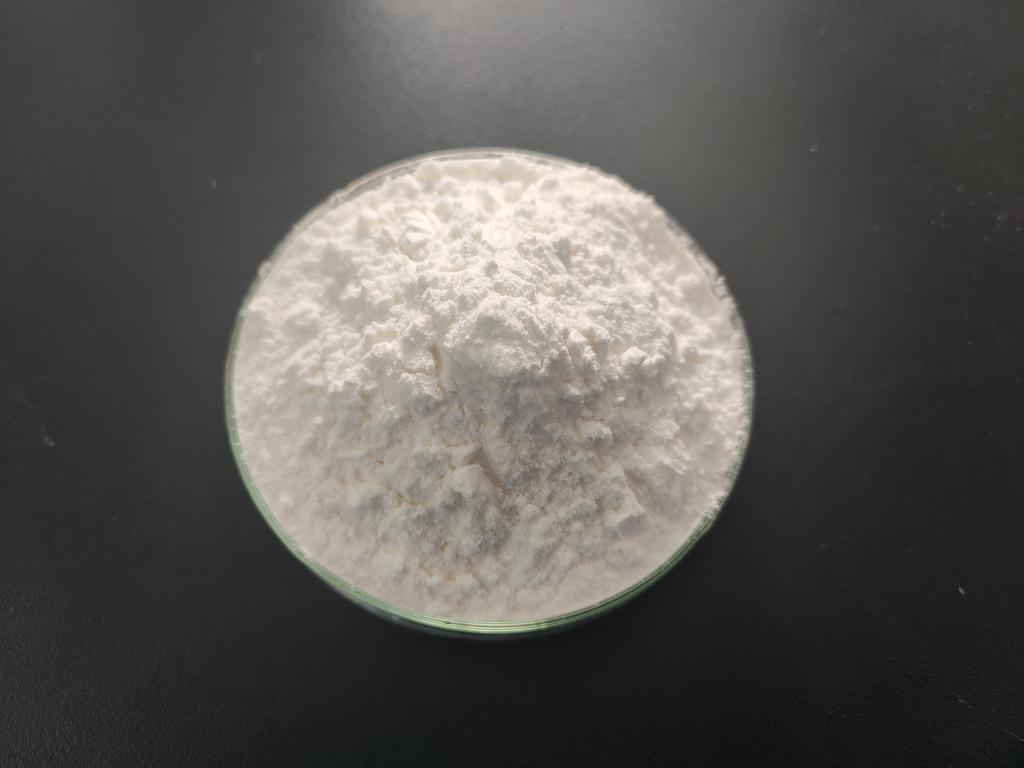Tel:+8618231198596

News
 CONTACT
CONTACT
 CONTACT
CONTACT
- Linkman:Linda Yao
- Tel: +8618231198596
- Email:linda.yao@dcpharma.cn
- Linkman:CHARLES.WANG
- Department:Overseas
- Tel: 0086 0311-85537378 0086 0311-85539701
News
Current Position:
Home >
News
>Analyzing the Safety Profile of ε-Polylysine Hydrochloride in Food and Medicine.
Analyzing the Safety Profile of ε-Polylysine Hydrochloride in Food and Medicine.
TIME:2024-05-29
Toxicity Assessment:
Numerous toxicity studies have evaluated the safety of ε-Polylysine hydrochloride for human consumption. Acute and subchronic oral toxicity studies in rodents have consistently demonstrated the low acute toxicity of ε-PL, with no observed adverse effects at high doses. Additionally, studies have confirmed the lack of mutagenic and carcinogenic potential of ε-PL. Furthermore, ε-PL is metabolized and excreted from the body without accumulation, indicating its safety for repeated consumption. Overall, ε-PL exhibits a favorable toxicity profile, supporting its safety for use in food and medicine.
Allergenicity Evaluation:
Assessing the allergenic potential of ε-Polylysine hydrochloride is essential to identify potential risks for sensitive individuals. Allergenicity studies have indicated that ε-PL is unlikely to cause allergic reactions in most people. The molecular structure of ε-PL is distinct from known allergens, reducing the likelihood of cross-reactivity. Moreover, clinical studies have shown no evidence of allergic reactions to ε-PL in human subjects. However, individuals with pre-existing allergies to lysine or related compounds should exercise caution when consuming products containing ε-PL. Overall, ε-PL exhibits low allergenicity, making it suitable for use in food and medicine.
Genotoxicity Assessment:
Genotoxicity testing is critical for evaluating the potential mutagenic and carcinogenic effects of ε-Polylysine hydrochloride. In vitro and in vivo genotoxicity studies have consistently demonstrated the absence of genotoxic effects associated with ε-PL. Ames tests, chromosomal aberration assays, and micronucleus tests have shown no evidence of mutagenicity or clastogenicity induced by ε-PL. Additionally, long-term animal studies have revealed no carcinogenic effects following prolonged exposure to ε-PL. These findings support the conclusion that ε-PL is not genotoxic and does not pose a mutagenic or carcinogenic risk to consumers.
Regulatory Status:
The regulatory status of ε-Polylysine hydrochloride varies across jurisdictions, with different countries having established regulations governing its use in food and medicine. In the United States, ε-PL is generally recognized as safe (GRAS) for use as a preservative in food products, subject to specific limitations and maximum levels. Similarly, regulatory authorities in Europe and other regions have approved the use of ε-PL in food applications, following safety assessments conducted by expert panels. In medicine, ε-PL may be classified as a food additive or a pharmaceutical excipient, subject to regulatory approval and compliance with relevant guidelines. Overall, ε-PL enjoys regulatory approval for use in food and medicine in many countries, affirming its safety for consumers and patients.
Practical Considerations:
Despite its favorable safety profile, several practical considerations should be taken into account when using ε-Polylysine hydrochloride in food and medicine. These include proper formulation and dosage considerations, labeling requirements to inform consumers and patients, and adherence to good manufacturing practices (GMP) to ensure product quality and safety. Additionally, ongoing monitoring and surveillance of ε-PL-containing products are essential to detect any potential adverse effects and ensure continued safety for consumers and patients.
Conclusion:
ε-Polylysine hydrochloride demonstrates a favorable safety profile in food and medicine, supported by extensive toxicity, allergenicity, and genotoxicity assessments. Regulatory approvals in various countries further underscore its safety for use in food preservation and pharmaceutical applications. However, continued vigilance and adherence to safety guidelines are necessary to ensure the safe and responsible use of ε-PL in diverse settings. By prioritizing safety considerations and incorporating them into product development and regulatory frameworks, ε-PL can continue to contribute to food safety and medical advancements.
- Tel:+8618231198596
- Whatsapp:18231198596
- Chat With Skype







